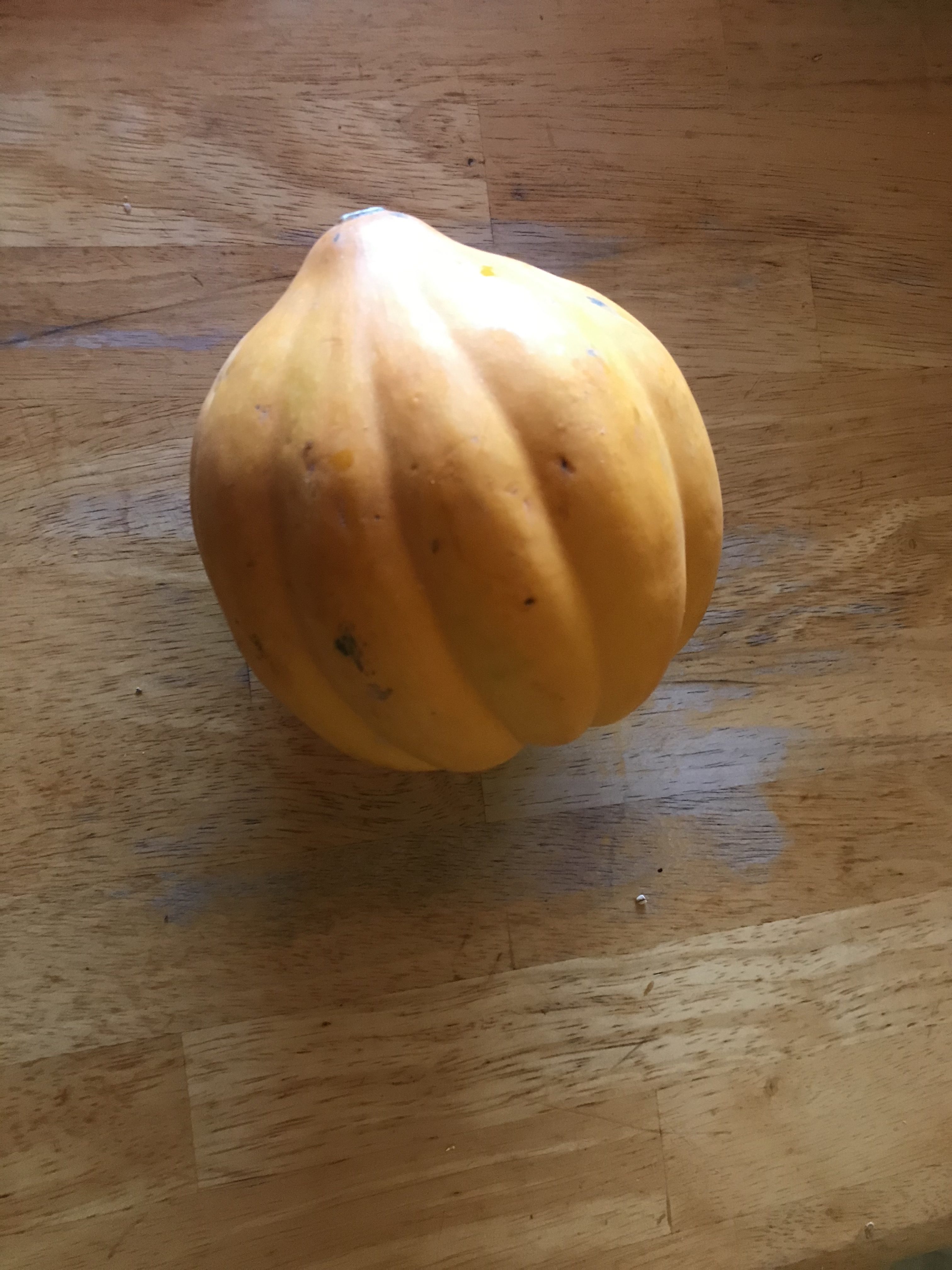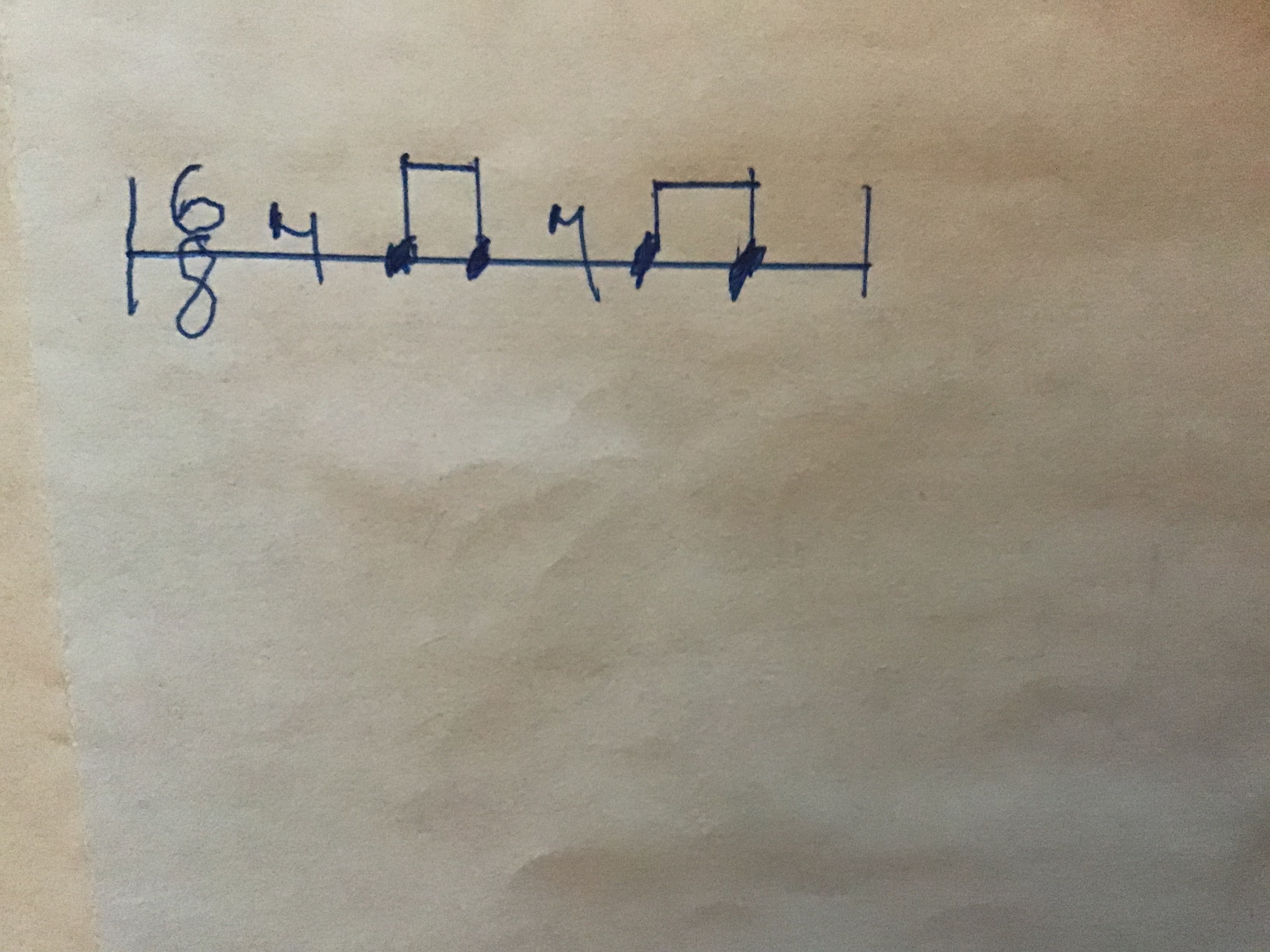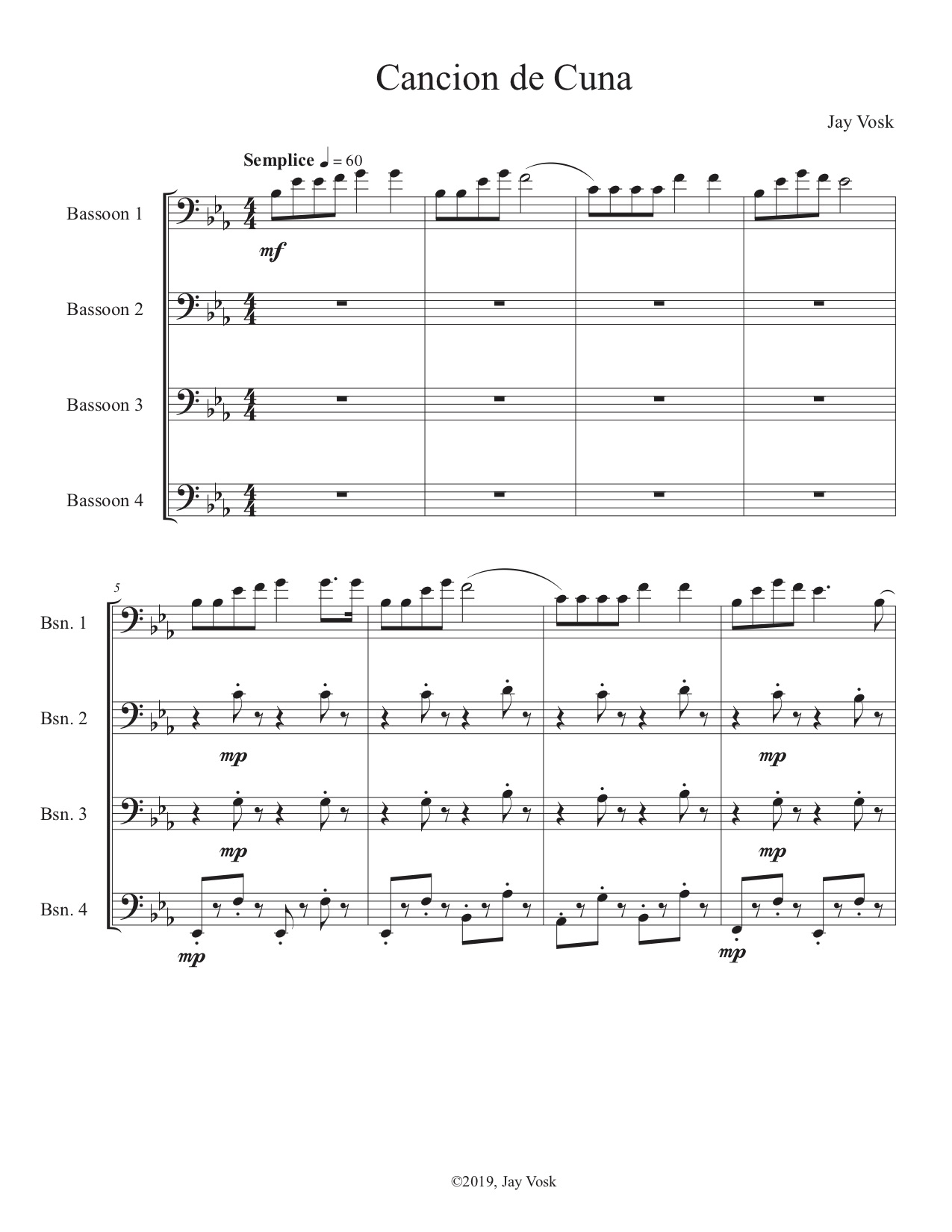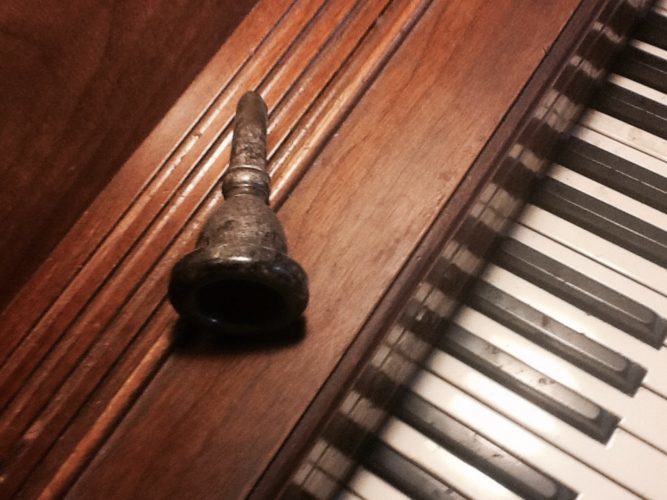
Monday:
It’s not uncommon for me to work on three or four pieces at a time. In recent weeks the piece that’s been on the back burner has been a work for tuba solo. Because of time constraints, I was only able to work on it sporadically. Despite this seeming lack of attention, the minutes I’ve had with the piece have proven to be productive. The piece is entitled Ritorno, which means ‘return’. It is similar to the word ritornello which has virtually the same meaning.
The difference here is that the term ritornello is mostly associated with a form from the classical era. In this form there is a section of music that keeps returning alternately with different contrasting sections (ie. ABACADA or ABACABA etc.)
In the case of my Ritorno, lyrical sections of music alternate with bold, agitated sections resulting in the form : ABA’B’A’’
Certain little motives or fragments also return randomly throughout the piece. In addition, a motive which was initiated in the ‘A’’ section, might reappear in the ‘ B’ section under a different guise.
The ‘A’ sections are basically lyrical in nature. The ‘B’ sections are generally driving or ponderous. Now and then low jolts creep into the ‘A’ sections and lyrical snippets might appear in the ‘B’ sections, The latter A and B sections are loosely similar to the initial sections A and B. At this point I have one more decision to make before completing the piece: Should it end high ?or low?
Wednesday
Meanwhile, the bassoon quartet moves along. The final section consists so far of doleful lines in octaves in bassoons 3&4 with bassoon 2 weaving above.Topping off the texture is a mournful answer in the first bassoon …
The saxophone choir piece has reached an impasse. It’s stuck on the launch pad and doesn’t want to take off.So for the rest of the day and up until I fall asleep and possible in my dreams, my mind is preoccupied with the sax choir piece.
Meanwhile , the tuba piece is put on hold.
Thursday:
Upon waking this morning, my thoughts are still on the sax choir piece. On Thursdays, my wife and I walk this steep hill west of downtown Tucson for our morning workout. I traipse up the steep incline amidst saguaros and prickly pear, with my mind churning around for ideas for the sax choir piece. ‘Tumomoc Hill’ as it is known, is a balm for the mind and soul , and by the time I’m back on level land, I think I have a fresh ,new idea that might just work...
Back home, I made some progress with the bassoon quartet, and brought the tuba piece to a successful ending. (I chose to take the tuba down to its deep, dark bottom range at the successful close.)
Friday:
The bassoon quartet is slowly nearing a conclusion. Today I tried to reach a balance between the dark lower bassons and the higher, mournful upper bassoons.
The sax choir piece seems to be going well. I’ll reserve sharing the details for now so as not to ‘jinx’ things.
Today I started editing the solo tuba piece. First, I check the pitches, followed by the dynamics, articulations and expressions.
Saturday:
The bassoon quartet seems kind of stalled at this point. At the moment, the challenge is trying to juxtapose the low, dark music with the lullaby. The low dark music seems to be working, but I can’t seem to find a suitable way of reintroducing the lullaby.
I’ve made some progress this morning with the sax choir piece. I can say at this time that the piece is a reconstruction, of sorts, of the Pictures at an Exhibition theme.
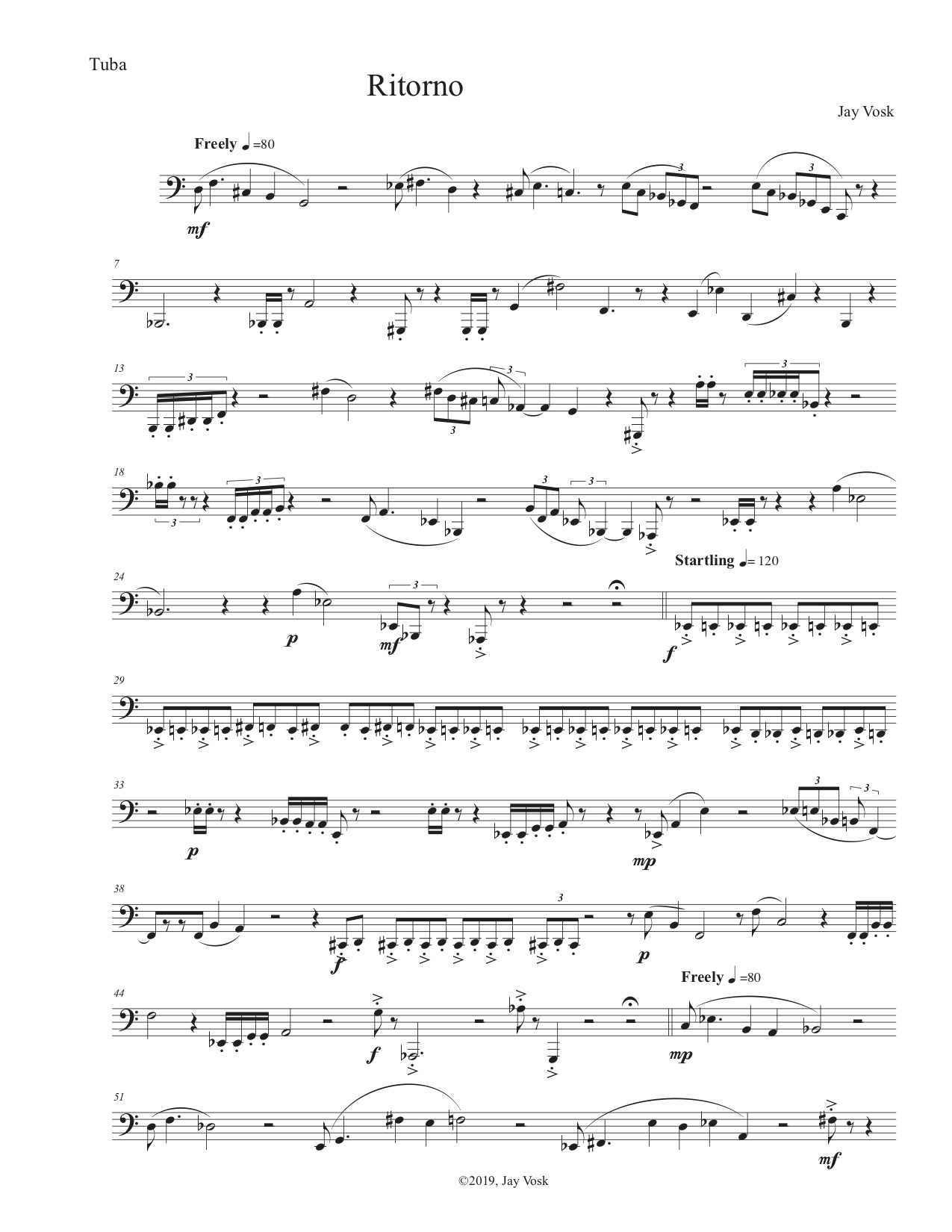
What to do now. Waiting is very frustrating. I just don’t have the patience for this kind of thing. I could be home writing music. But at least I can do this.




